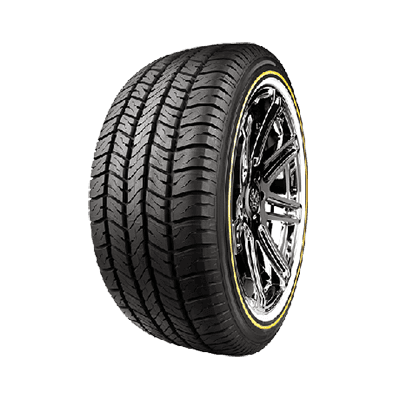
Aug . 22, 2024 03:07
Back to list
Gas Pressure Regulation Valve for Efficient System Performance and Safety Control
Understanding Gas Pressure Reduction Valves
In various industrial and residential applications, managing gas pressure is crucial for safety and efficiency. One of the key components in this management system is the gas pressure reduction valve, commonly referred to as a pressure reducing valve (PRV). This article explores the importance, functionality, and types of gas pressure reduction valves.
What is a Gas Pressure Reduction Valve?
A gas pressure reduction valve is a device that reduces the pressure of gas from a high-pressure source to a lower, more controlled pressure suitable for the end-use application. These valves are vital in maintaining the safety and efficiency of any gas system, ensuring that equipment operates within its designed pressure limits and minimizing the risk of leaks or explosions.
Importance of Gas Pressure Regulation
Gas systems, whether in residential heating applications or industrial processes, often operate under varying pressures. Excessive pressure can lead to equipment failure, operational inefficiencies, and dangerous situations. A pressure reduction valve ensures a consistent and safe pressure level is delivered to the equipment, preventing potential hazards.
For instance, in residential settings, gas appliances such as furnaces, water heaters, and kitchen stoves require specific pressure to function optimally. A pressure that is too high can cause damage to these appliances, while insufficient pressure can lead to incomplete combustion, which is a significant safety risk due to the generation of carbon monoxide.
.
The functioning of a gas pressure reduction valve is relatively straightforward. The valve utilizes a diaphragm mechanism that responds to the pressure from the gas supply line. When the gas enters the valve, it exerts pressure on the diaphragm. If the pressure exceeds a predetermined level, the diaphragm moves to partially close the valve opening, thereby reducing the flow of gas until the downstream pressure stabilizes within the desired range.
صمام تخفيض ضغط الغاز

This dynamic regulation ensures that even if there are fluctuations in the upstream pressure, the downstream pressure remains consistent and safe. Some models include additional features such as integrated pressure gauges, which provide real-time pressure readings, enhancing monitoring and control.
Types of Gas Pressure Reduction Valves
Gas pressure reduction valves come in various types, each designed for specific applications and operational requirements. The most common types include
1. Single-Stage Pressure Regulators These are the simplest form and are used primarily in applications with slight pressure variations. They provide a direct decrease in pressure from the source to the usage point.
2. Two-Stage Pressure Regulators These are utilized in systems where the pressure differential is significant. They operate in two stages, first reducing the high pressure to an intermediate level and then further down to the desired operating pressure. This design offers improved regulation and stability.
3. Back Pressure Regulators These are designed to maintain a set pressure on the inlet side of the valve, which is particularly useful in applications where consistent downstream pressure is critical.
Conclusion
The gas pressure reduction valve is an indispensable component in the safe and efficient management of gas systems. Its ability to regulate pressure not only protects equipment and ensures operational efficiency but also plays a vital role in enhancing safety. As technology advances, these valves continue to evolve, integrating features that improve functionality and monitoring capabilities. Understanding these devices is essential for anyone working with gas systems, from engineers to operators, ensuring the integrity and safety of gas services in various applications.
Latest news
-
Safety Valve Spring-Loaded Design Overpressure ProtectionNewsJul.25,2025
-
Precision Voltage Regulator AC5 Accuracy Grade PerformanceNewsJul.25,2025
-
Natural Gas Pressure Regulating Skid Industrial Pipeline ApplicationsNewsJul.25,2025
-
Natural Gas Filter Stainless Steel Mesh Element DesignNewsJul.25,2025
-
Gas Pressure Regulator Valve Direct-Acting Spring-Loaded DesignNewsJul.25,2025
-
Decompression Equipment Multi-Stage Heat Exchange System DesignNewsJul.25,2025

